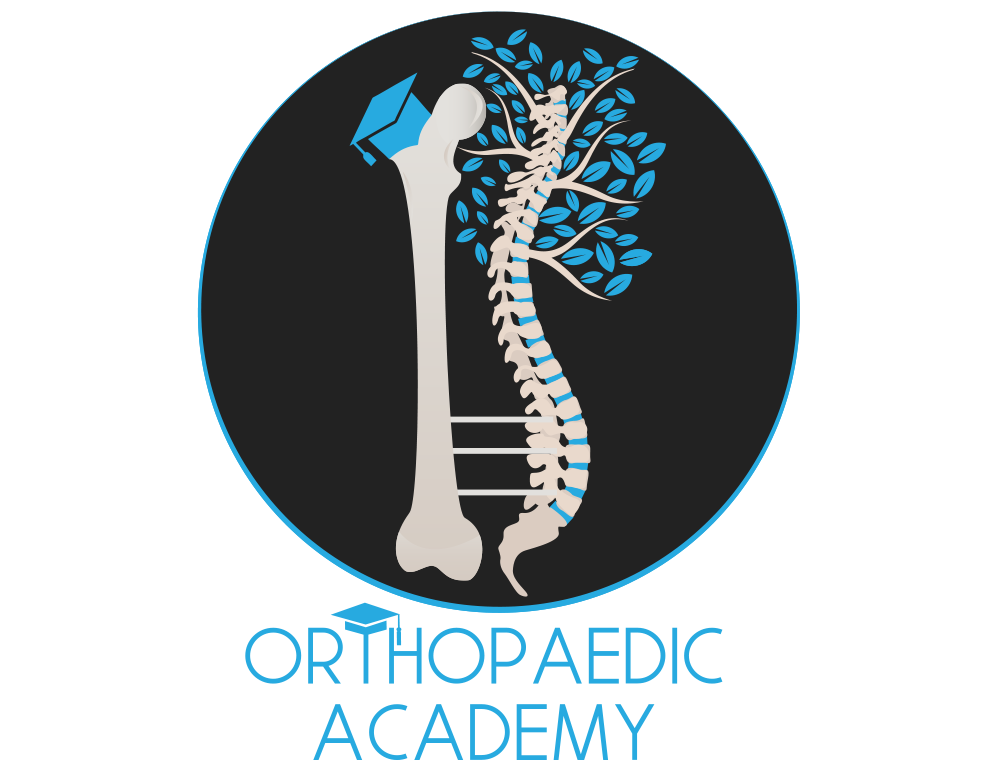- Home
- All Courses
- Advanced Certificate in the Principles of Orthopaedics
Modules
- 15 Sections
- 45 Lessons
- 123 Days
Expand all sectionsCollapse all sections
- Introduction2
- Module 1 - The Orthopaedic Oncall (Complimentary Taster Module)5
- Module 2 - Upper Limb Trauma & Emergencies5
- Module 3 - Lower Limb Trauma & Emergencies4
- Module 4 - Spinal Trauma and other Acute and Elective Spinal Conditions6
- Module 5 - Paediatric Orthopaedics3
- Module 6 - Orthopaedic Pathologies & Oncology5
- Module 7 - Practical & Surgical Orthopaedic Skills5
- Module 8 - Principles of Orthopaedic Imaging and Case Spottors7
- 9.1How to Read X-Rays40 Minutes
- 9.2Commonly Missed Orthopaedic Injuries81 Minutes
- 9.3Xrays of Common Orthopaedic Conditions46 Minutes
- 9.4General Concepts of Orthopaedic Radiographs47 Minutes
- 9.5General Principles of MRI in Orthopaedics37 Minutes
- 9.6Summary Sheet of Key Learning Points
- 9.7Assessment20 Questions
- Module 9 - Orthopaedic Clinical Examination4
- Module 10 - Orthopaedic Upper Limb Conditions3
- Module 11 - Orthopaedic Lower Limb Conditions3
- Module 12 - Orthopaedic Implants & Appliances3
- Module 13 - General Principles of Orthopaedic Practice2
- Student Feedback1

